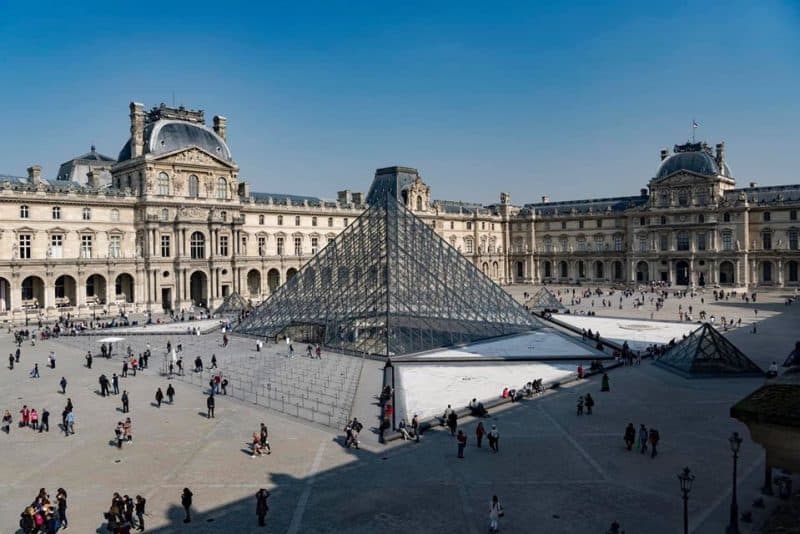The 2020 TEA/AECOM Theme Index and Museum Index has been released, revealing resilience in the attractions industry in 2020 and the beginnings of recovery in 2021.
TEA and AECOM’s global attractions attendance report for 2020 charts and discusses the effects of the pandemic on the industry last year, also revealing subsequent signs of recovery and heightened innovation.
Last year, theme parks, water parks and museums were closed for significant periods, experiencing inevitable attendance declines. However, this year is considered a “bounce-back year” in what is expected to be a three-year recovery cycle.
“The 2020 attendance numbers are largely due to regulatory restrictions limiting parks’ operating days and capacities and not park popularity and management,” said John Robinett, senior VP of economics at AECOM.
“We are already seeing a surge of pent-up demand. The speed with which guests returned to parks and museums once they reopened attests to the vital role these leisure outlets play in people’s lives.”
“We can’t expect recovery to equal an instant return to 2019 numbers: those represented an economic peak, the best in five decades,” he added. “A more realistic expectation would be to achieve a level comparable to an average of several years pre-COVID.
China openings during pandemic

“Following the steep drop of 2020, we can expect that 2021 will manifest as a bounce-back year and that 2022 will usher in real recovery. In 2023, guest expectations will rise, and operators should plan and budget for reinvestment accordingly.”
In the US, the top 20 North American theme parks experienced a total drop in attendance of 72 percent in 2020. In the Asia-Pacific region, the top 20 theme parks saw attendance decline by 58 percent.
China, however, developed approximately 20 parks during the pandemic. Recent openings include Universal Beijing Resort, Water World at Ocean Park, new parks from OCT and Fantawild, and an expansion of Chimelong Paradise.
Marina Hoffman, senior analyst and hospitality consultant for economics at AECOM, said “as soon as parks could reopen, guests returned in large numbers, and operators adapted”.
“Though economically disrupted by the pandemic and now facing staffing and operations challenges, the industry looks ahead,” Hoffman added.
“Major theme park operators and big chains – including Disney, Universal, Six Flags, Cedar Fair and Herschend – have continued with construction projects, new attraction openings and plans for the future.
“Even in the hard-hit water parks sector there is encouraging new development.”
2021 showing signs of recovery

“China continues to move toward a leading global position in the theme parks and attractions industry,” said Chris Yoshii, VP of economics for Asia-Pacific at AECOM.
“The establishment of Universal Beijing Resort and continuing success of Shanghai Disney Resort represent an upward trajectory and reinforces the notion of quality for parks in China and Asia – raising the bar in the use of technology and media and spurring others to follow suit.”
In the EMEA region, total attendance declined in 2020 by 66 percent for the top 20 theme parks and by 61 percent for the top 10 water parks.
“European theme park operators are moving ahead with expansion and improvement, locally and internationally,” said Jodie Lock, associate of economics for Asia-Pacific and EMEA at AECOM.
“These include Futuroscope’s extensive Vision 2025 plan, the opening of Puy du Fou España, Merlin Entertainments expanding the global network of Legoland parks and a multi-year expansion at Disneyland Paris.”
“Meanwhile in the Middle East, Dubai is set to welcome the world for a six-month world’s fair beginning this October,” Lock added.
“Water parks in EMEA performed marginally better in 2020 than theme parks, with the top-attended parks in Northern Europe and the UAE. The more regional their visitor base, the better they performed.”
COVID-19 prompts virtual experiences

As for museums, attendance at the world’s top 20 institutions in 2020 showed a total decline of 78 percent across all regions compared to the previous year.
Museums in particular were negatively impacted by COVID-19. The pandemic prompted myriad museums to deliver online content and virtual experiences.
“Our museum community deserves a commendation for its resilience and dedication during the pandemic,” said Linda Cheu, VP of economics for the Americas at AECOM.
“Facing considerable challenges, museums everywhere showed themselves to be innovative in pivoting to online content and virtual experiences to continue serving their missions – and stay connected to the communities that needed them more than ever.
“While full recovery is some ways off, post-reopening numbers have been encouraging, reflecting substantial, pent-up demand for museum experiences.”
View the full version of the 2020 TEA/AECOM Theme Index and Museum Index here.















